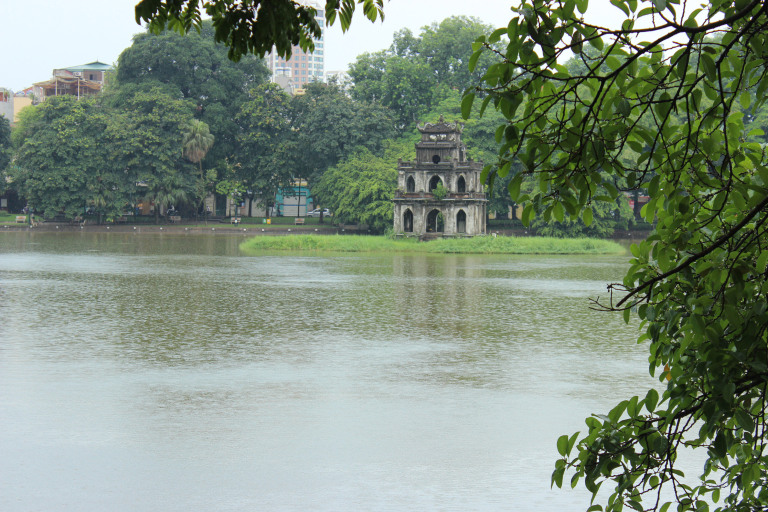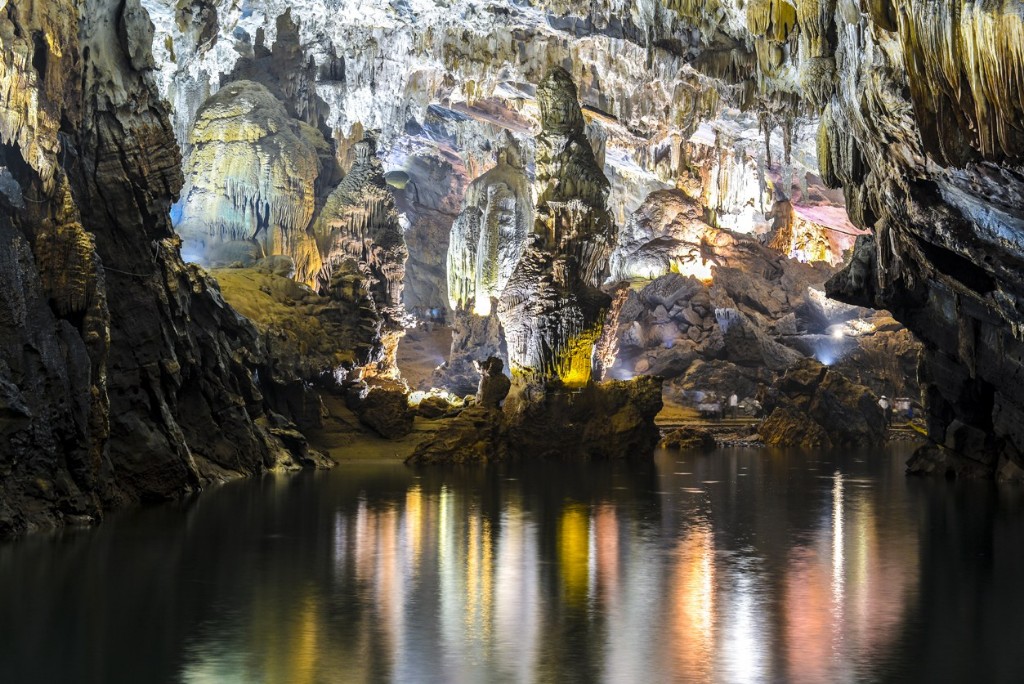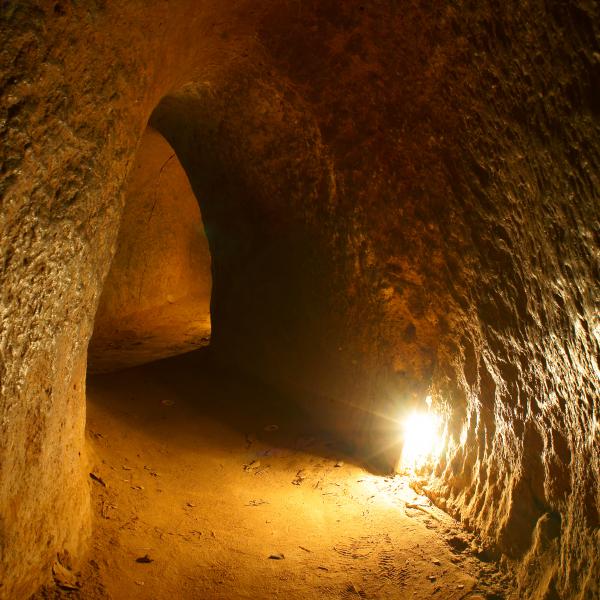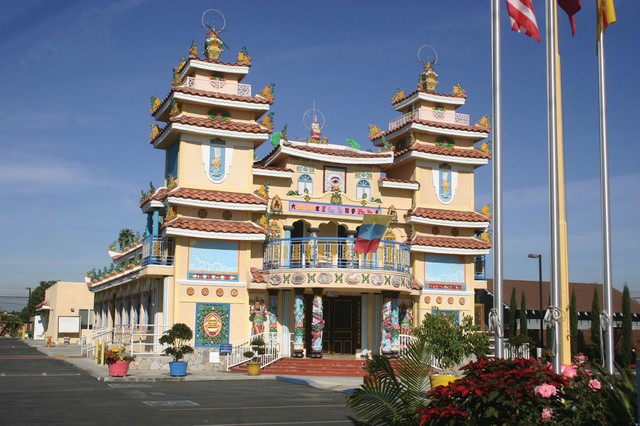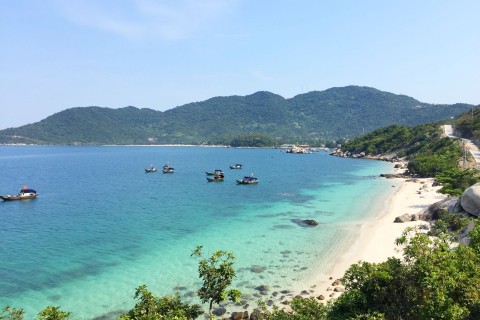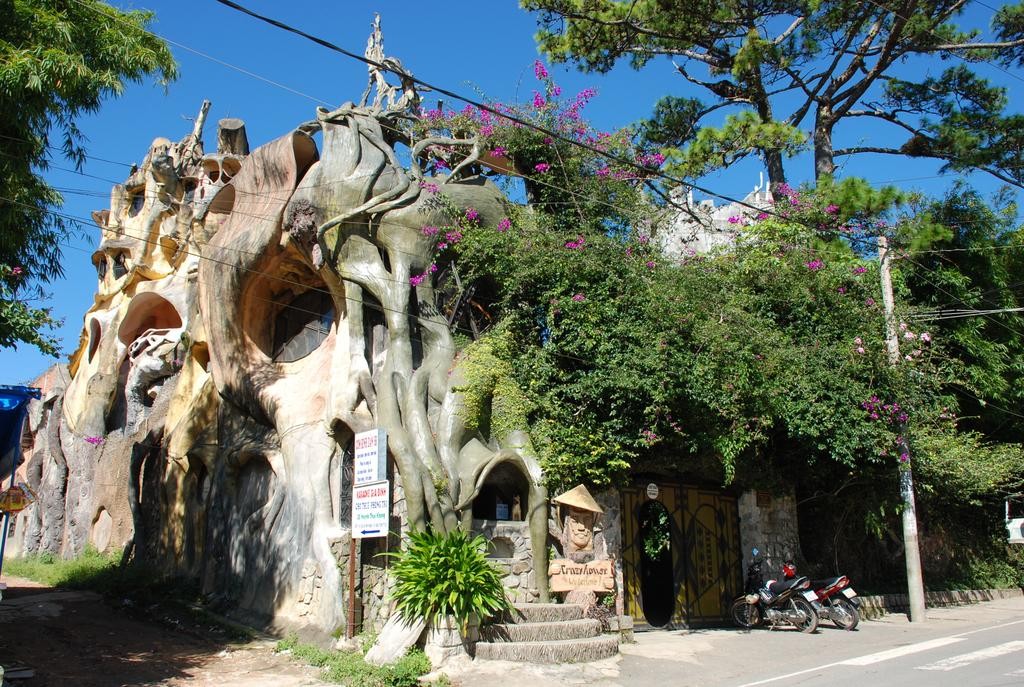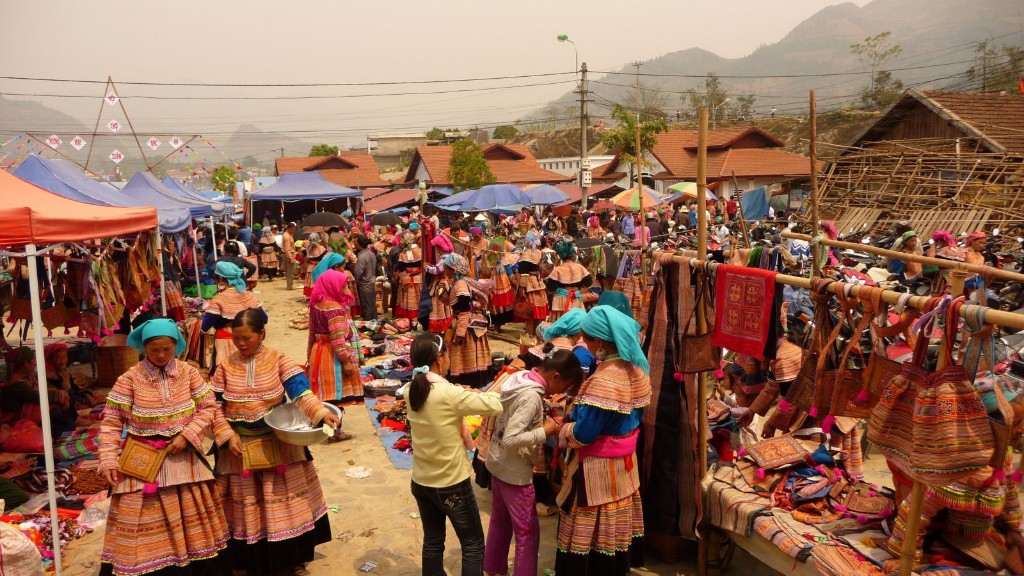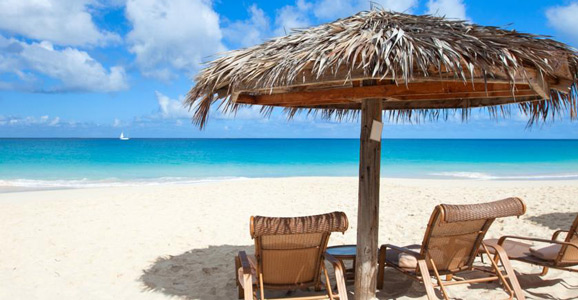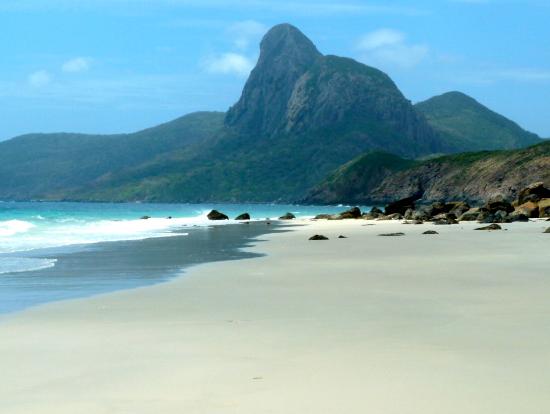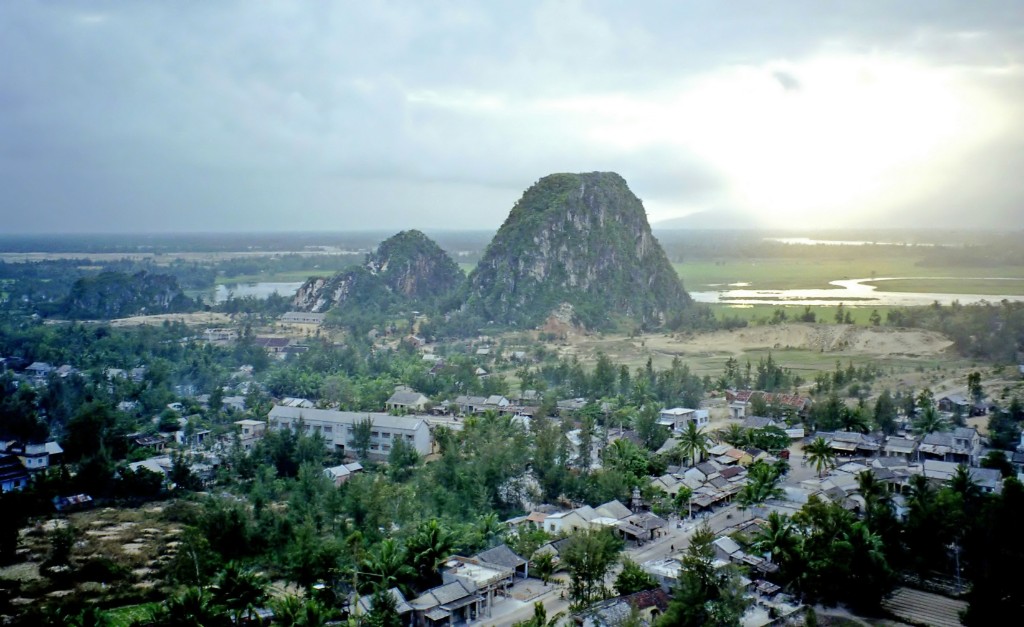-
Hoan Kiem Lake, meaning “Lake of the Returned Sword“ or “Lake of the Restored Sword”), also known as Hồ Gươm (Sword Lake), is a fresh lake in the historical center of Hanoi, the capital city of Vietnam. Its area is about 12 ha. In the past, the lake also had the name “Luc Thuy Lake”(Vietnamese: Hồ Lục Thủy, meaning “Green Water Lake” – because the water is always Read more...
-
Ha Long Bay is a UNESCO World Heritage Site and popular travel destination in Quang Ninh Province, Vietnam. The name Hạ Long means “descending dragon”. Administratively, the bay belongs to Ha Long City, Cam Pha City, and is a part of Van Don District. The bay features thousands of limestone karsts and isles in various shapes and sizes. Ha Long Bay is a center of a larger zone which includes Bai Tu Long Bay to Read more...
-
Phong Nha Cave is a cave in Phong Nha-Kẻ Bàng National Park, a UNESCO World Heritage Site in Quảng Bình Province, Vietnam. It is 7,729 metres long and contains 14 grottoes, as well as a 13,969 metre underground river. While scientists have surveyed 44.5 kilometres of passages, tourists are only allowed to explore the first 1500 metres. Phong Nha cave, from which the name to the whole Read more...
-
The tunnels of Củ Chi are an immense network of connecting underground tunnels located in the Củ Chi District of Ho Chi Minh City(Saigon), Vietnam, and are part of a much larger network of tunnels that underlie much of the country. The Củ Chi tunnels were the location of several military campaigns during the Vietnam War, and were the Viet Cong’s base of operations for the Tết Offensive in 1968. Read more...
-
Cao Daism is a religion combining Christianity, Buddhism, Islam, Confucianism, Hinduism, Geniism, and Taoism. To put it in another way, Cao Daism is a perfect synthesis of the world’s most powerful religions. In the early 1920s, Cao Daism was established in southern Vietnam but it had not been officially codifieduntil 1926. In Vietnamese language, Cao Dai means “the high tower”. Read more...
-
The Imperial City (Vietnamese: Hoàng thành) is a walled enclosure within the citadel (Kinh thành) of the city of Huế, the former imperial capital of Vietnam. The grounds of the Imperial City are protected by fortified ramparts 2 kilometers by 2 kilometers, and ringed by a moat. The water in the moat is routed from the Perfume River through a series of sluice gates. This enclosure is the citadel (Kinh Read more...
-
The Cham Islands (Vietnamese: Cù lao Chàm) constitute a group of 8 small islands of Quảng Nam, which form a part of the Cu Lao Cham Marine Park, a world Biosphere Reserve recognized by UNESCO, in the South East Asia Sea in Vietnam. The islands are approachable from Cửa Đại beach. The islands are also recognized as Vietnam’s national scenic site. The islands grouped under the Cham Islands are: the Hòn Read more...
-
Hằng Nga guesthouse (Vietnamese: Biệt thự Hằng Nga), popularly known as the “Crazy House” (Vietnamese: Ngôi nhà quái dị), is an unconventional building designed and constructed by Vietnamese architect Đặng Việt Nga in Đà Lạt, Vietnam. Described as a “fairy tale house” (Hằng Nga, Vietnamese, is the Chinese goddess of the Moon), the building’s overall design resembles a giant tree, incorporating sculptured design elements representing natural forms Read more...
-
Bac Ha Market is held every Sunday and is the biggest minority peoples market in Northwest Vietnam. Alive with the bright colours and extravagant costumes of the local people, here you will meet Flower Hmong (Red Hmong), Black Dao, Tay, Nung, La Chi, Phu La and other minority groups who come from far and wide to buy and sell a Read more...
-
With a coastline of 35km long from Hai Van Pass to Non Nuoc, Da nang is one of the most beautiful coastal cities in Vietnam. Closed to the city center (5km), the most popular beach My Khe is the common name of the coastline lasted 10km from the base of the Son Tra Peninsula to the Marble Mountains (Ngu Hanh Son). Read more...
-
Côn Sơn, also known as Côn Lôn, is the largest island of the Côn Đảo archipelago, off the coast of southern Vietnam. Its French variant Grande-Condore was well-known during the times of French Indochina. Marco Polo mentioned the island in the description of his 1292 voyage from China to India under the name Sondur and Condur. In Ptolemy’s Geography, they are referred to as the Isles of the Satyrs. Read more...
-
Marble Mountains (Vietnamese: Ngũ Hành Sơn; lit. “five elements mountains”) is a cluster of five marble and limestone hills located in Ngũ Hành Sơn District, south of Da Nang city in Vietnam. The five mountains are named after the five elements: Kim (metal), Thuy (water), Moc (wood), Hoa (fire) and Tho (earth). All of the mountains have cave entrances and numerous tunnels, and it is possible to climb to the summit Read more...

